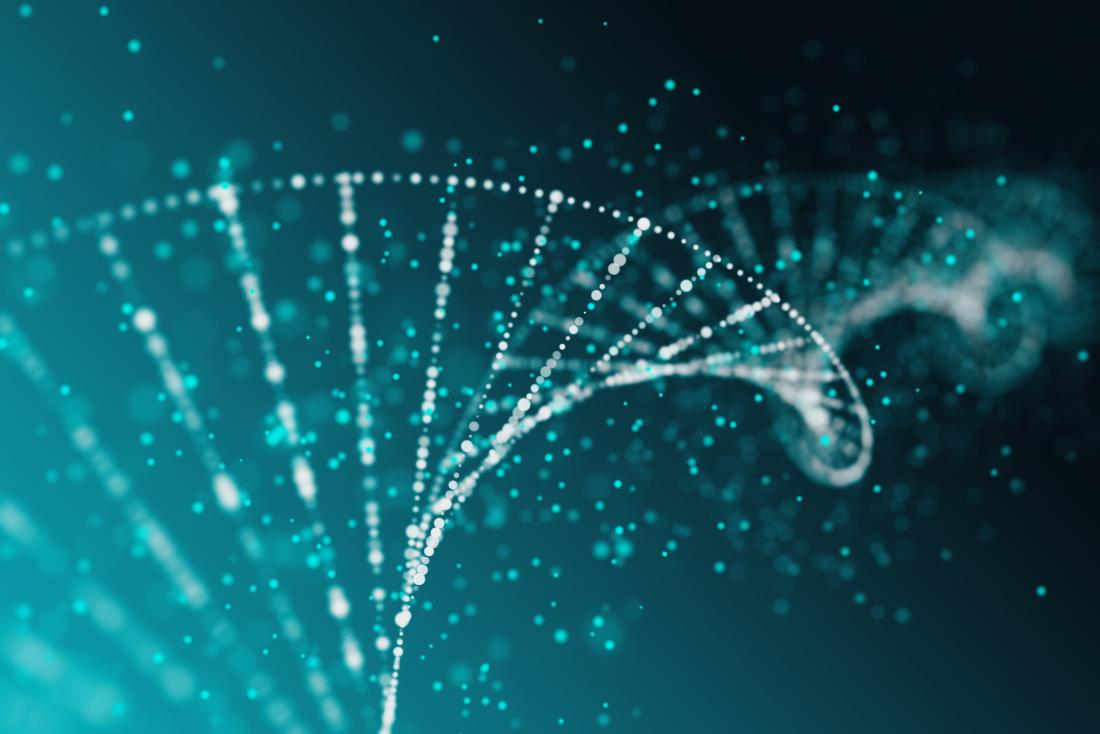Scientists Shredded Segments Of Human DNA With CRISPR-Cas9 For The First Time

CRISPR-Cas9 is a tool with which the researchers can make extremely accurate cuts in human DNA. When cuts aren’t needed, CRISPR can also splice up a whole portion of DNA as it sometimes is more reasonable, scientists say.
Yan Zhang, a researcher of the University of Michigan, explained in a recent press release what the tool is and what it precisely does. She said that CRISPR-Cas9 is a molecular scissor that can travel along the chromosome, and make an array of deletions, tens of kilobases long. The tool can go where you want it to go and cuts once. The researcher added that the CRISPR-Cas9 is like a “shredder with a motor.”
CRISPR can have other functions as well
Zhang and her fellow researchers depicted the way they can put a Type I CRISPR-Cas3 to work in a study published in Molecular Cell, on Monday. They explained how the tool shreds 300 to 100,000 base long portions of DNA in human embryonic stem cells and also in HAP1 cells.
The scientists see a multitude of potential future usance of the CRISPR tool as this experiment was noted as the first of this kind: the tool being used in human cells marked a milestone in the DNA research field.
Type I CRISPR-Cas3 can be used to fragment long segments of non-coding DNA to see what happens as the DNA does not specify any instructions for creating proteins and the purpose of which is often unidentified. The scientists say that this can be of help in tracking down essential sections of DNA, crucial for particular diseases.
Researchers say that there can be another use of the Type I CRISPR-Cas3. By completely removing the shredding function, Cas3 can also be used as a long-range delivery system for epigenetic drugs.
0 comments